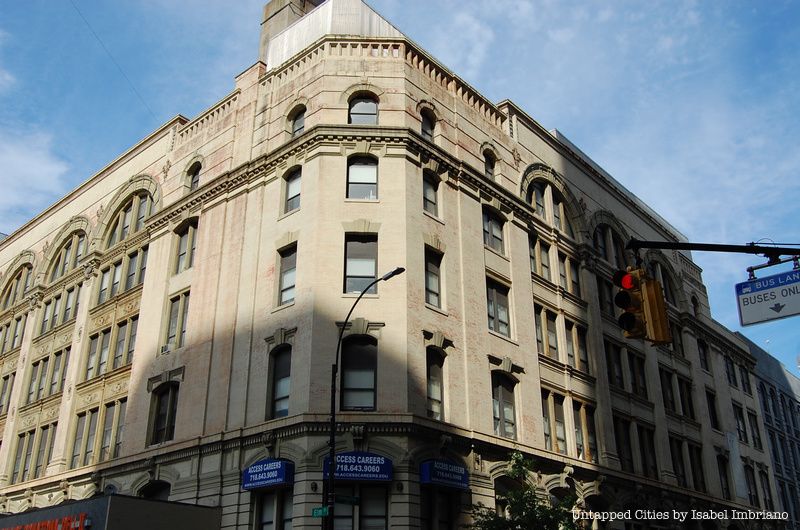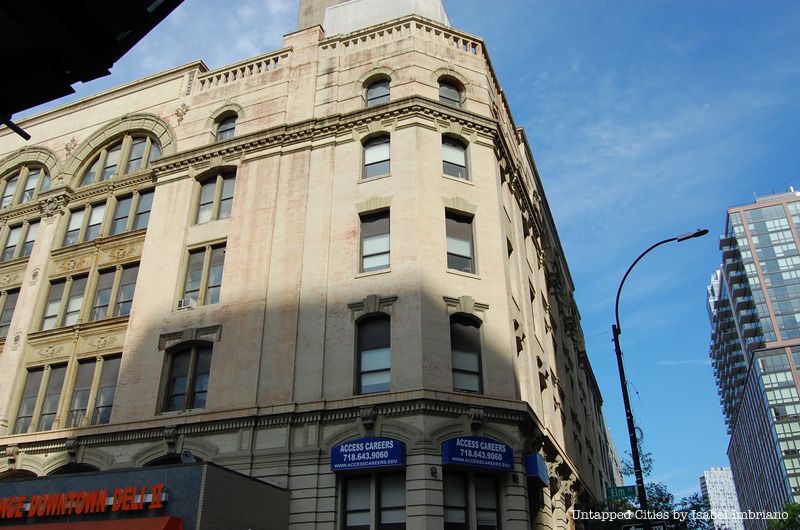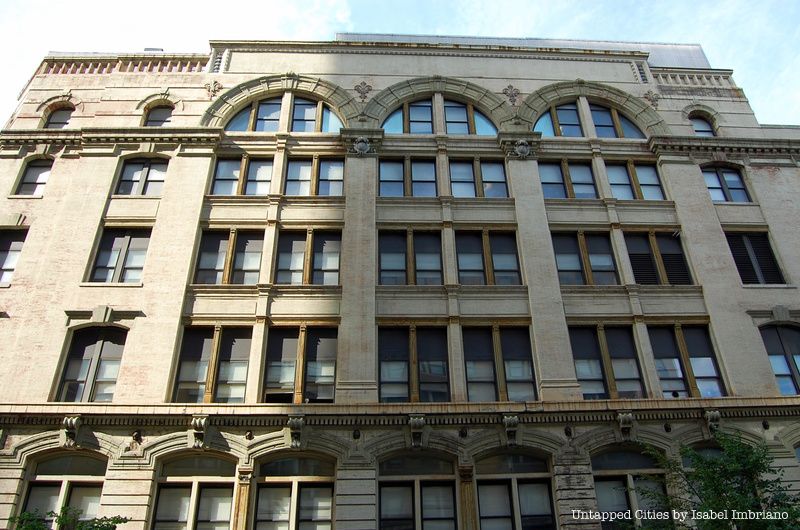NYC’s Forgotten ‘War on Christmas Trees’
Discover how an obscure holiday crackdown affects festive street vendors today!


In the long hallway of the Hoyt-Schermerhorn subway station in Brooklyn, it’s hard not to notice the repeated blue and yellow tiles fitted prominently with the letter “L.” Yet, you might wonder what the “L” signifies as there’s no L train here (the A, C, and G stop here). And there’s certainly no “L” in Hoyt-Schermerhorn.

The “L” actually comes from Loeser’s department store, which used to be on the superblock created by Fulton Street, Livingston Street, Elm Place and Bond Street. It had a direct entrance to the subway (just like Bloomingdale’s) and thus influenced the Art-Deco decor which remains today. Loeser’s department store, run by Frederick Loeser and the Gibb family, opened in 1897, with an extension built between 1899 and 1900 by architect Francis. H. Kimball. Kimball also designed the Montauk Club in Park Slope and the Emmanuel Baptist Church in Clinton Hill.
The department store closed in 1952 and the building became a May’s department store for a while. Today, a Jennifer Convertible is in the space. If you are in downtown Brooklyn and you see the unique street art installation on the Macy’s Garage (Love Letter to Brooklyn by ESPO) the Loeser’s department store building is just next door. Then check out the entrances to the Hoyt-Schermerhorn subway station.
The building today:

In general, the building has suffered through many facade alterations and some demolition particularly on the Fulton Street side. The cornices have also been removed.



Love Letter to Brooklyn by ESPO, one of NYC’s many skybridges
Get in touch with the author @untappedmich. See more quirky NYC facts and discoveries in our “Daily What?!” series. Submit your own via Twitter with the hashtag #DailyWhat.
Subscribe to our newsletter